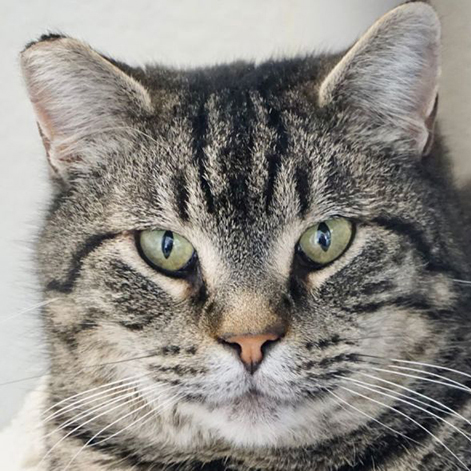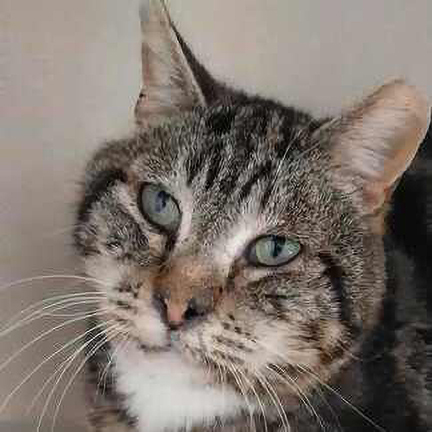
22 Feb Second Chance: Is That a Stray Cat?
Second Chance Humane Society’s Animal Resource Center (SCHS) and Thrift Shops have been serving San Miguel, Ouray & Montrose Counties since 1994. The shelter is open to the public Tuesday through Saturday 11 to 5:30. Community veterinary services are available by appointment.
View shelter pets and services online: www.adoptmountainpets.org.
Go here for more on Dr. Shari DePauw of Second Chance. Second Chance veterinary clinic is open Tuesday, Wednesday, and Friday. Call (970) 626-9713 or email clinic@adoptmountainpets.org
Go here for more options from Second Chance.

What is the difference between a stray cat and a feral cat? Feral, stray, and pet cats are all domestic cats. But stray cats and feral cats are different from each other in a very important way: how they interact with people.
A stray is a cat who has been abandoned or who has strayed from home and become lost. Strays usually be re-socialized and adopted.
A stray cat is a fully domesticated feline who wandered from home or was abandoned and has been on its own for a shorter period of time. A stray can be skittish in your presence, but because they once knew human companionship, they can usually be re-socialized and re-homed. A stray cat is likely to approach you, although usually not close enough for you to touch him. If you put food down, a stray cat will likely start to eat right away. They are often vocal, sometimes talking insistently, and may look disheveled, as if unused to dealing with conditions outside of the home. A stray cat can be seen at all hours of the day. A stray might move like a house cat, such as walking with tail up. They will probably look at you, blink, or make eye contact.
A feral cat is an unsocialized being. Either he was born outside and never lived with humans, or he is a house cat who has strayed from home and over time has thrown off the effects of domestication and reverted to a wild state. Feral cats are not adoptable and should not be taken to shelters (unless the shelter has a TNR program). As we explained in last week’s Pet Column, Trap/Neuter/Return (TNR) is the most effective, most humane way to manage feral cats.
A feral cat is silent, will not approach humans, and generally will be seen only from dusk to dawn unless extraordinarily hungry and foraging for food. A feral has adapted to conditions and is likely to appear well groomed. If you put food down for a feral cat, he will wait until you move away from the area before approaching. Feral cats may crawl, crouch, stay low to the ground, and protect their body with their tail. They are unlikely to make eye contact.
The most significant differentiation between stray and feral cats is that feral cats are not suited to cohabiting with people. The exception is kittens born to feral mothers. They can be socialized and adopted if captured early. Feral cats often live in family groups called colonies that form near a source of food and shelter. They can survive almost anywhere and are found worldwide.
Many of our cats at Second Chance are former strays. A good example is Fluffy. She was surviving on her own, but was not feral. A dedicated group of volunteers (who call themselves the Cat Crusaders) trapped her and brought her to Second Chance. She was spayed and vaccinated. and our staff gave her the love and attention needed to relax and feel safe. She is now in a loving home.
We have former street cats available for adoption now, including Muffin, Mr. T, Lightning, Socks, Cricket, and Buddy. Give them a safe and loved future by adopting.

Mr.T

Cricket

Buddy
AND… To continue the Second Chance Highlights section, we want to share the following:
The Second Chance fundraiser has a $5000 match to get everything started toward its goal. The match is from a group of dedicated volunteers who are sriving to manage stray and feral cats in local communities. They are working with our shelter and vet clinic as well as others.
Former street cats are safe, warm, fed, spayed/neutered, vaccinated; some are already in loving homes. They were rescued by cat lovers after being abandoned to fend for themselves on the streets.
Our spay/neuter programs need your help to help more. These same cat lovers have put forth a $5000 match to start our current fundraiser. Donate now to help us help more.
Scan the QR code or go to: https://givebutter.com/3G6XBO



Sorry, the comment form is closed at this time.